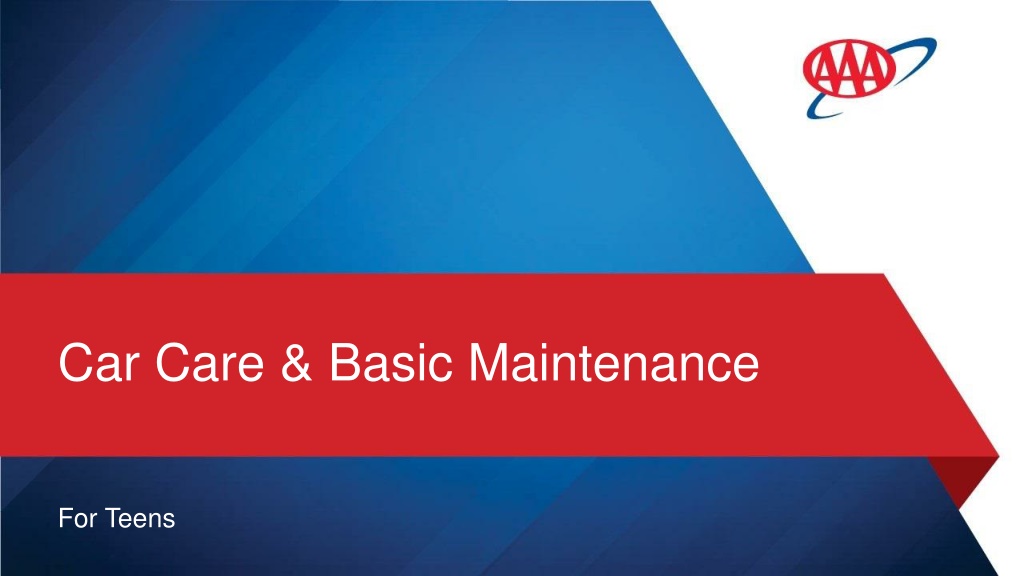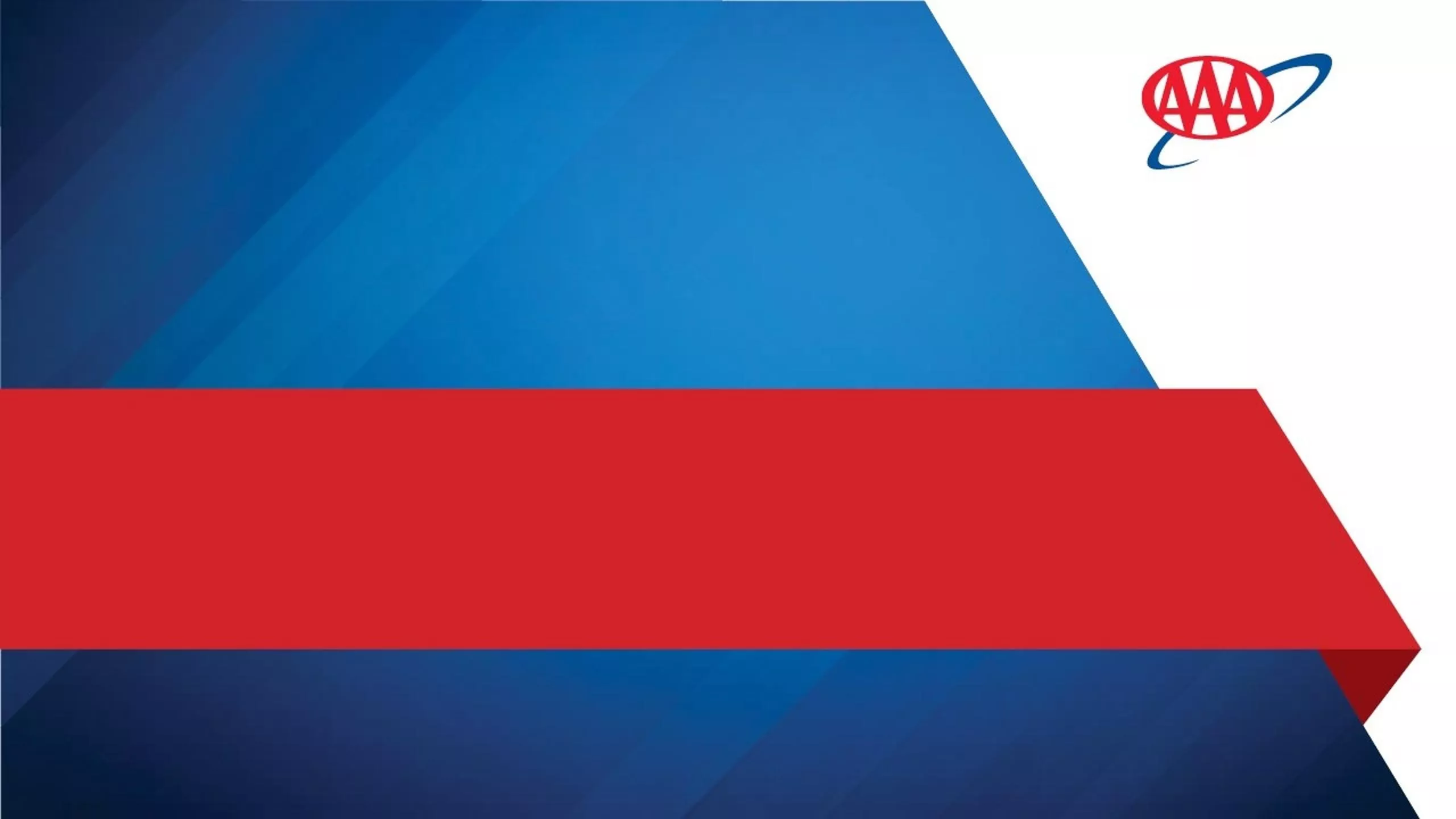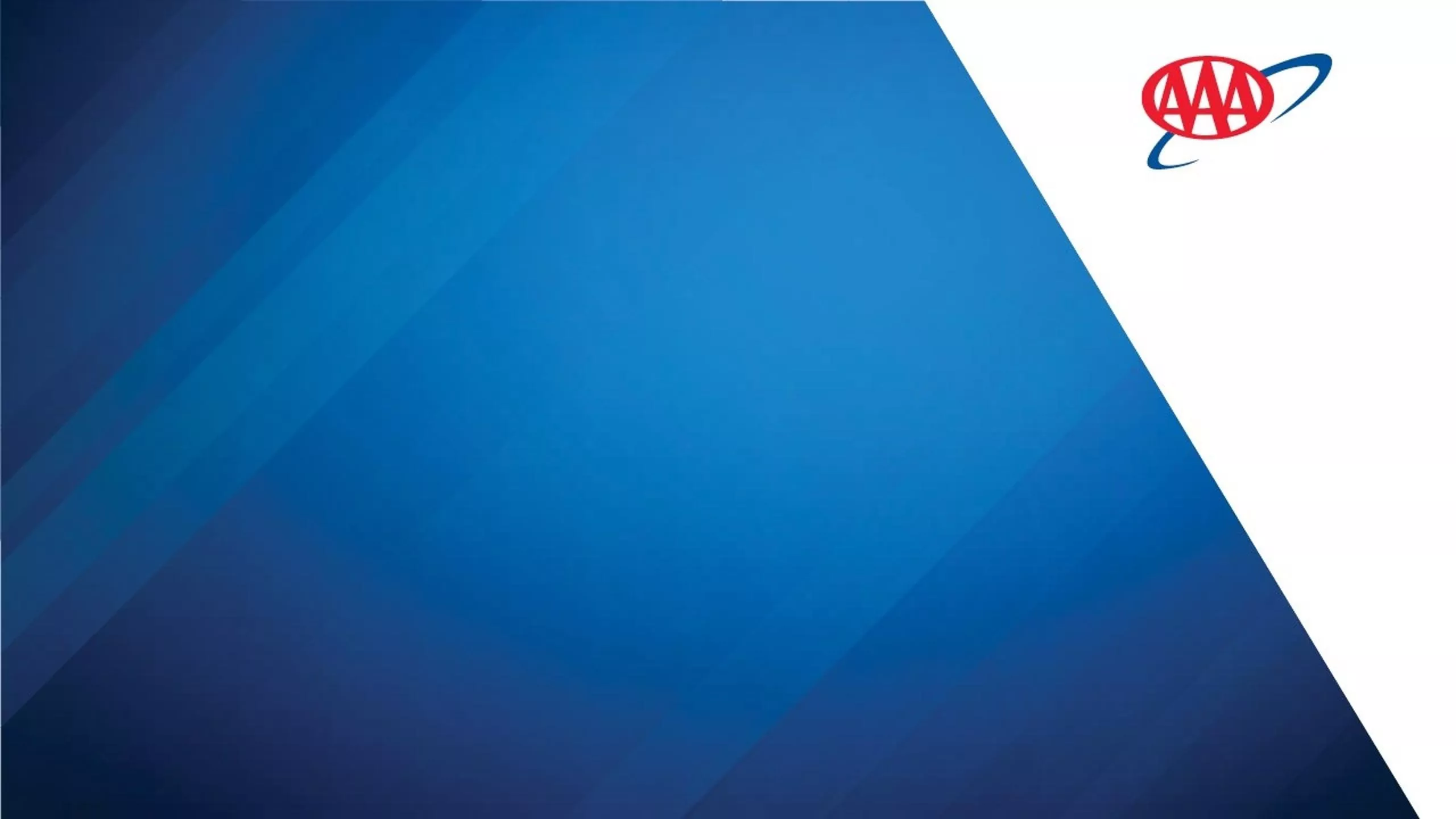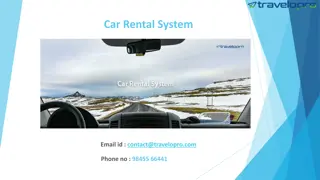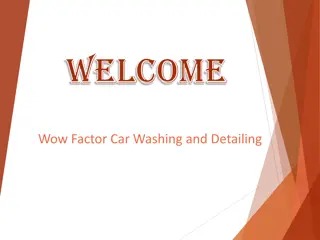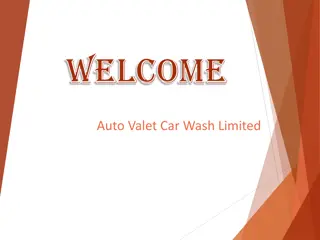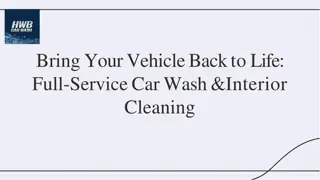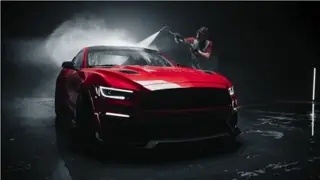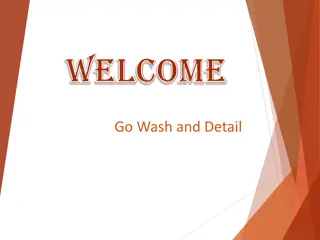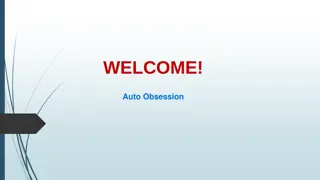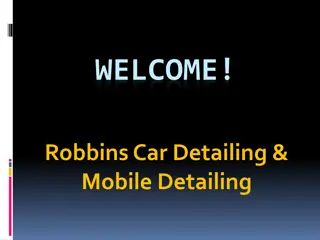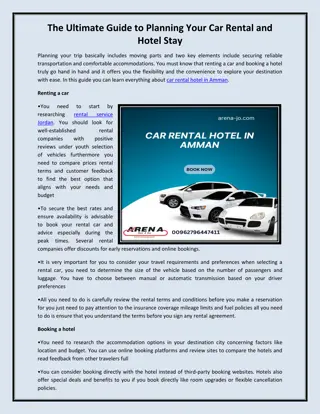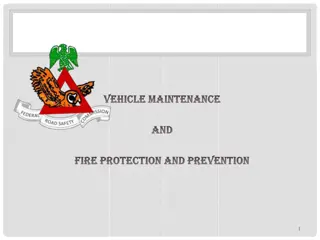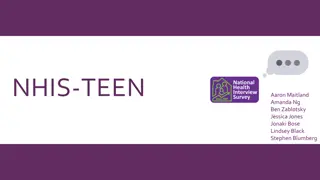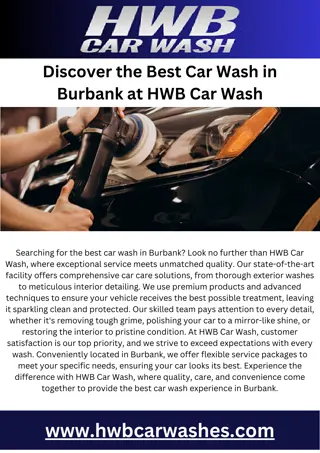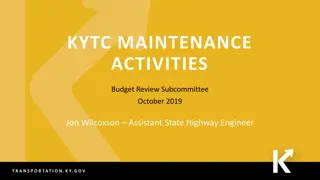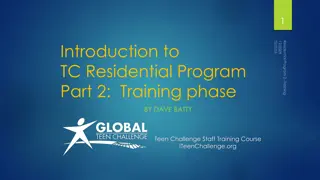Teen's Car Care & Maintenance Tips
Learn essential car care and basic maintenance tips for teens to keep their vehicles in good condition and avoid trouble. From inspecting the car before each trip to maintaining tires, oil, lights, gas, and fluids, these guidelines will help young drivers stay safe on the road.
Download Presentation

Please find below an Image/Link to download the presentation.
The content on the website is provided AS IS for your information and personal use only. It may not be sold, licensed, or shared on other websites without obtaining consent from the author.If you encounter any issues during the download, it is possible that the publisher has removed the file from their server.
You are allowed to download the files provided on this website for personal or commercial use, subject to the condition that they are used lawfully. All files are the property of their respective owners.
The content on the website is provided AS IS for your information and personal use only. It may not be sold, licensed, or shared on other websites without obtaining consent from the author.
E N D
Presentation Transcript
Car Care & Basic Maintenance For Teens
Avoid Trouble, But Be Prepared Keep Your Vehicle in Good Condition Inspect it Before Each Trip Keep Your Cell Phone Charged Carry Emergency and First Aid Equipment
Maintain Your Car Walk Around The Car To Look for Scratches and Dings Before Each Trip Perform Scheduled Maintenance Monthly Inspections
The Basics Tires Oil Lights Gas Fluids Cleanliness
Tires Check tire pressure and re-inflate once a month. Under-inflation is a leading cause for tire failures. In cold weather, tires can lose up to two pounds of air per month. Maintaining the proper inflation is very simple as long as tires are checked regularly using a pressure gauge.
Gas Keep the tank filled and with the right gas. Make sure to check the gas gauge before driving around town and fill-up it up often.
Oil The type of engine oil, the age and make of your vehicle and driving habits dictate when to change engine oil. Always refer to the owner s manual.
Coolant An overheated engine can suddenly stop at an inconvenient time and place. It's frustrating when this happens, especially since it's a scenario that can easily be avoided.
Lights Drivers use the car lights to communicate with fellow drivers, so driving with faulty or broken lights can lead to a serious crash.
Instrument Panel The instrument panel helpfully displays warning lights when something is working improperly or running low. These lights will inform drivers when the oil needs to be changed, the engine needs to be checked, etc. You can refer to the owner's manual for the correct response for every warning light.
Car Cleanliness A regular car wash will make a vehicle cleaner and safer. A dirty windshield can get in the way of driving especially in conditions with less-than- ideal visibility e.g. rain or fog weather conditions. Even a driver with perfect vision will have a harder time navigating with a dirty windshield.
If Your Car Breaks Down While Driving Don t Panic Use Brakes Gradually if Needed Get to the Shoulder!! Signal & Coast to Shoulder (right shoulder preferred) Beware of Roadside Hazards (trees, ditches) Stop as Far Off the Roadway as Safely Possible
Safely on the Shoulder Emergency Flashers On Communicate Your Situation Raise Hood Warning Triangles (3) Location (mile markers or exits) Assess the Vehicle s Problem Call For Help Wait in the Car (if safe to do so on shoulder)
